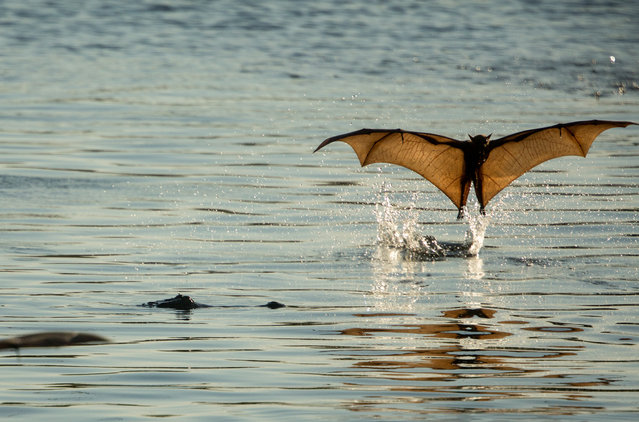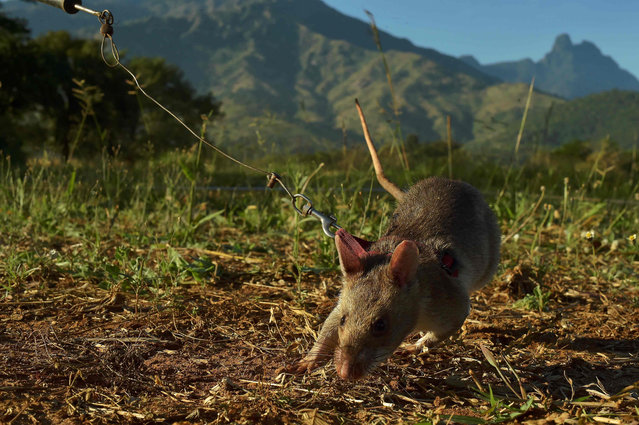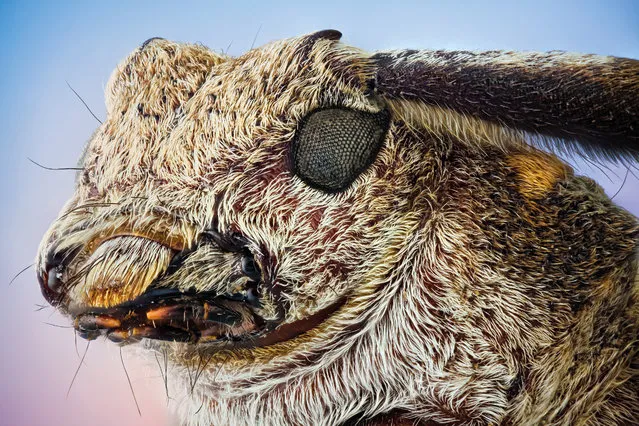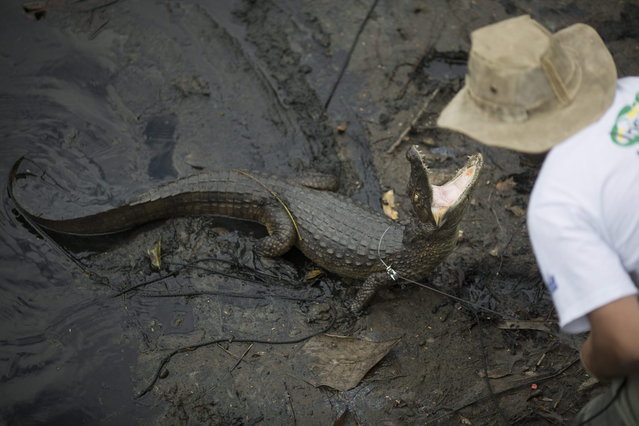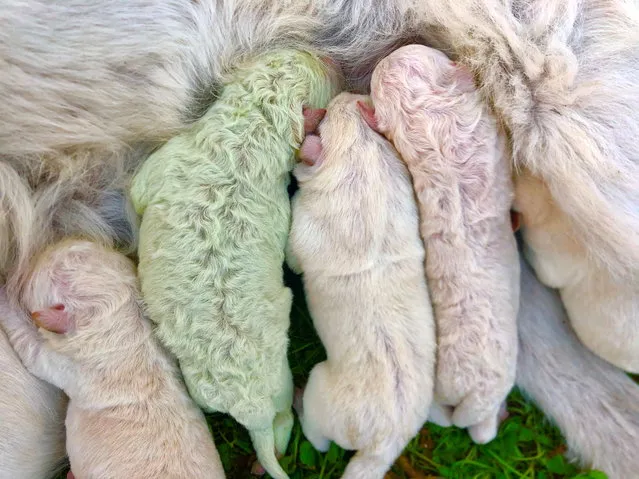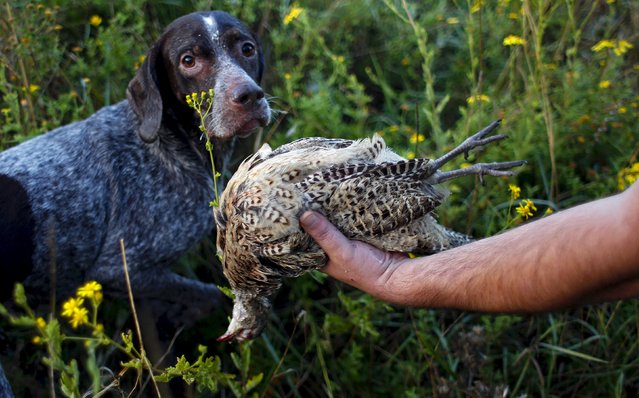
A hunter holds a shot female pheasant next to his dog “Lola”, a Deutsch female Kurzhaar, during the first day of the Italy hunting season in Castell'Azzara, Tuscany, central Italy, September 20, 2015. The number of hunters in Italy has been decreasing, from 1,701,853 in 1980 to 751.876 in 2007, with a percentage reduction of 55.8%, according to the latest available numbers from the national statistics bureau ISTAT. (Photo by Max Rossi/Reuters)
22 Sep 2015 08:02:00,post received
0 comments


